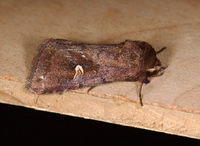
| Recorded by: Tony McBride, Jim Petranka and Becky Elkin on 2025-10-29
Craven Co.
Comment: | 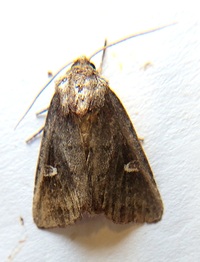
| Recorded by: Mark Basinger on 2025-05-31
Brunswick Co.
Comment: |
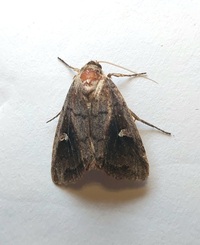
| Recorded by: Mark Basinger on 2025-04-18
Brunswick Co.
Comment: | 
| Recorded by: Mark Basinger on 2025-04-18
Brunswick Co.
Comment: |

| Recorded by: Mark Basinger on 2023-10-15
Wilson Co.
Comment: | 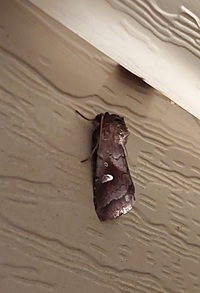
| Recorded by: Mark Basinger on 2023-10-15
Wilson Co.
Comment: |
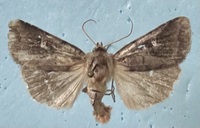
| Recorded by: Darryl Willis on 2017-03-25
Cabarrus Co.
Comment: | 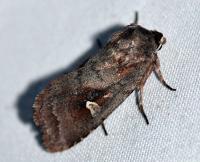
| Recorded by: Paul Scharf on 2016-03-08
Warren Co.
Comment: |
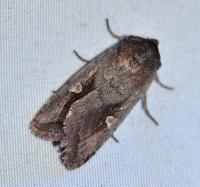
| Recorded by: Paul Scharf on 2016-03-08
Warren Co.
Comment: | 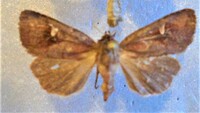
| Recorded by: Darryl Willis on 2012-10-16
Cabarrus Co.
Comment: |
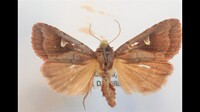
| Recorded by: Darryl Willis on 2012-05-19
Cabarrus Co.
Comment: | 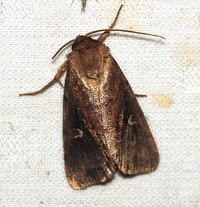
| Recorded by: Paul Scharf on 2011-08-24
Warren Co.
Comment: |

| Recorded by: Bo Sullivan on 0000-00-00
Carteret Co.
Comment: Eggs | 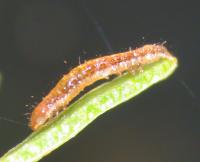
| Recorded by: Bo Sullivan on 0000-00-00
Carteret Co.
Comment: 1st instar |
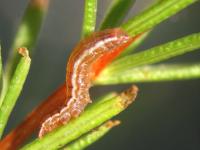
| Recorded by: Bo Sullivan on 0000-00-00
Carteret Co.
Comment: 2nd instar | 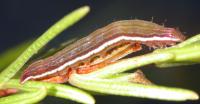
| Recorded by: Bo Sullivan on 0000-00-00
Carteret Co.
Comment: 3d instar |
|

 »
»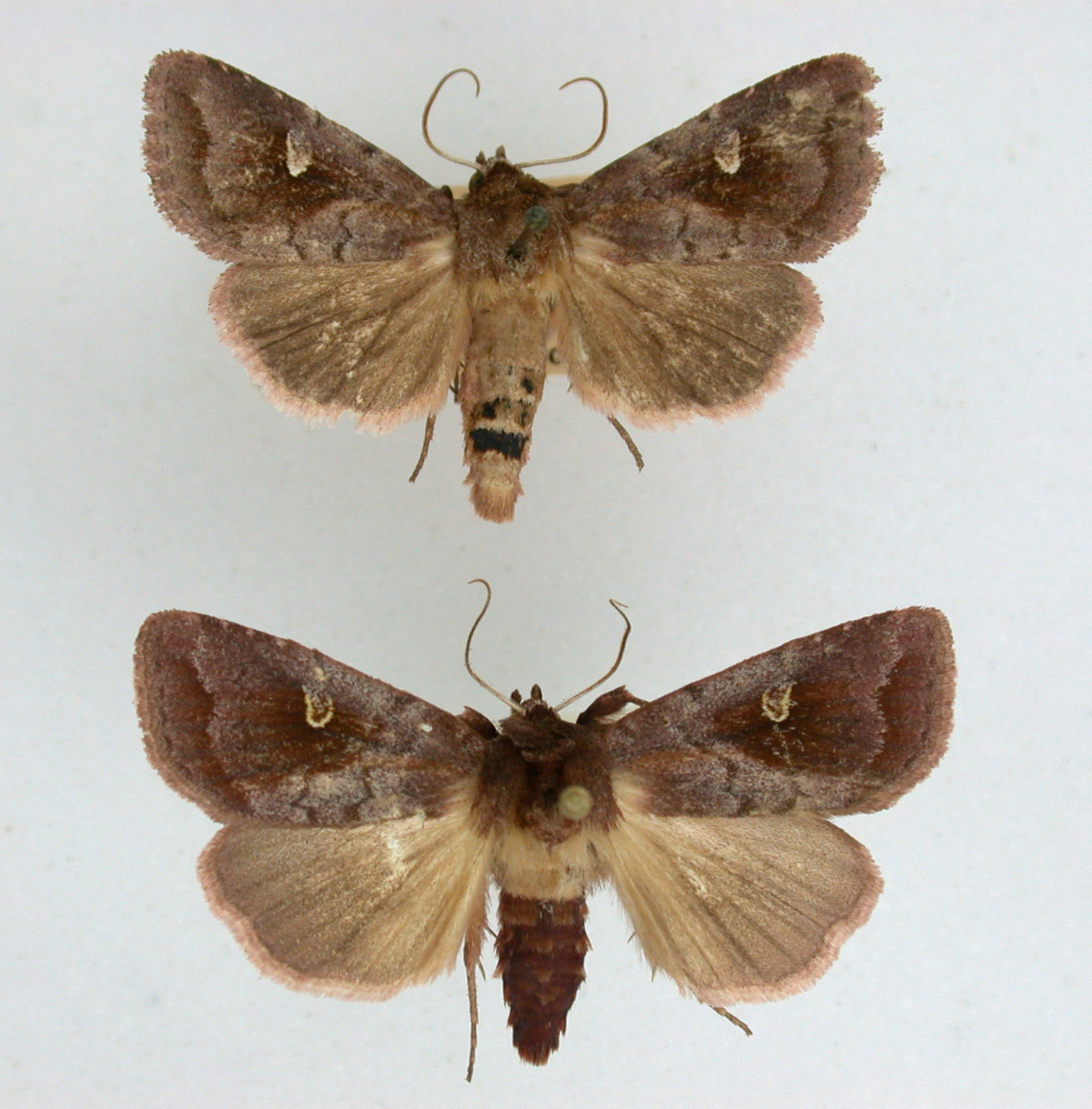



 »
»

